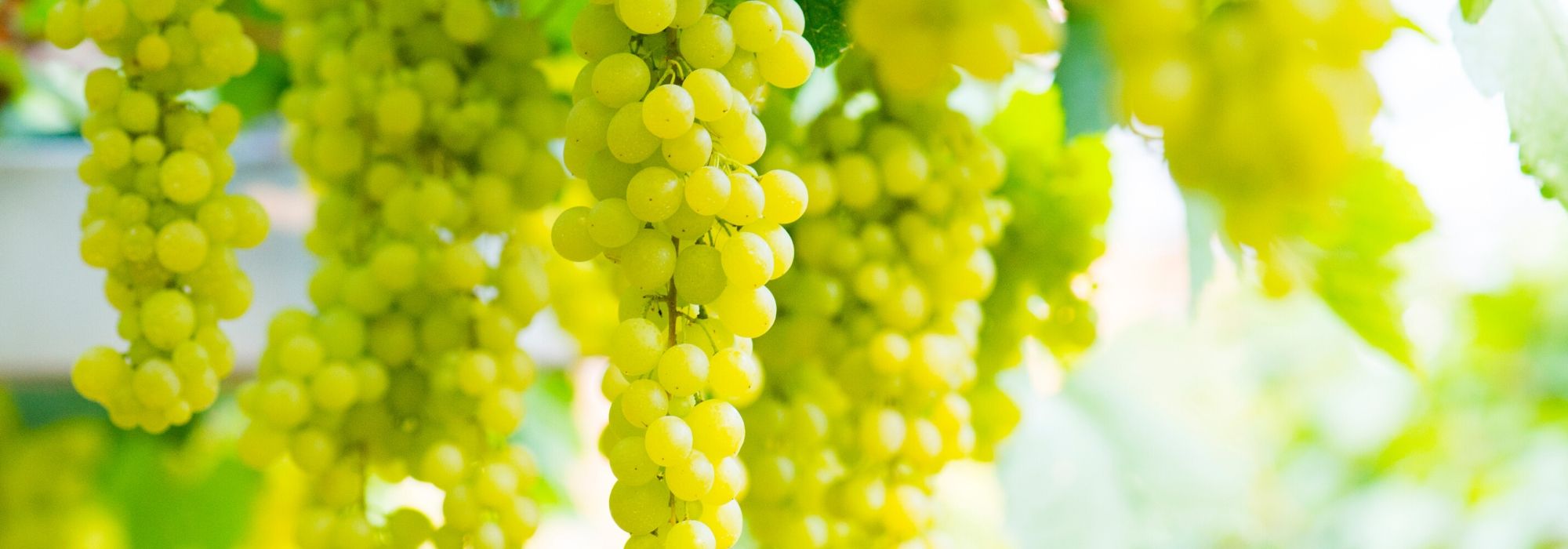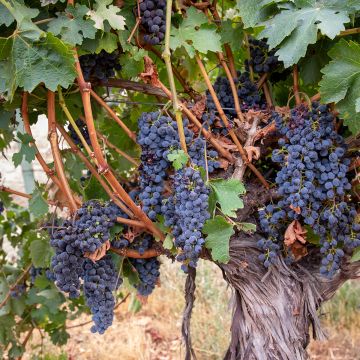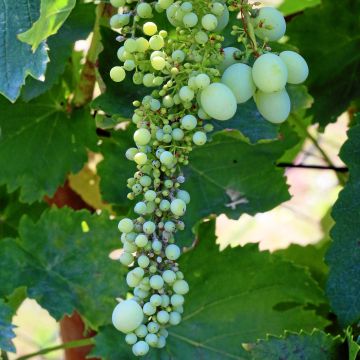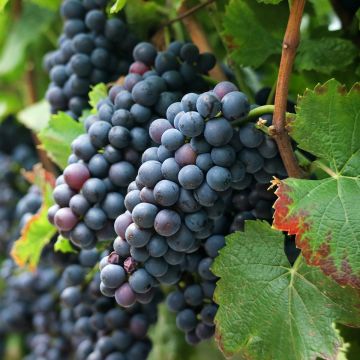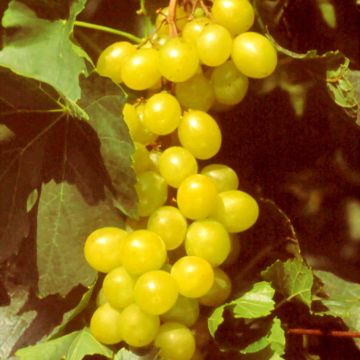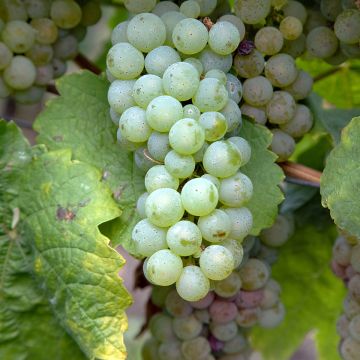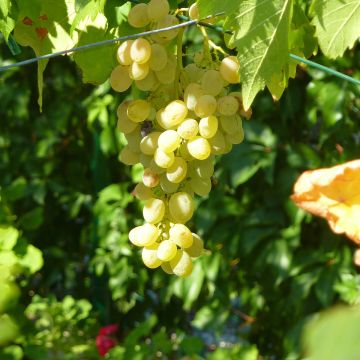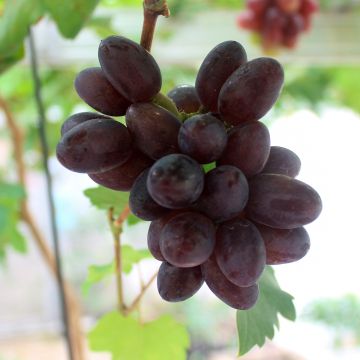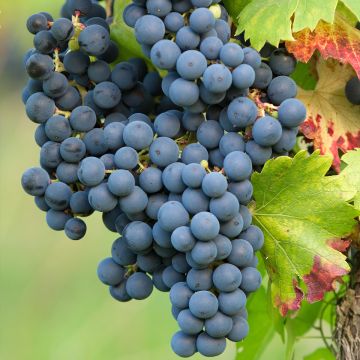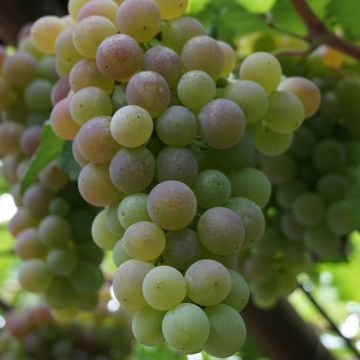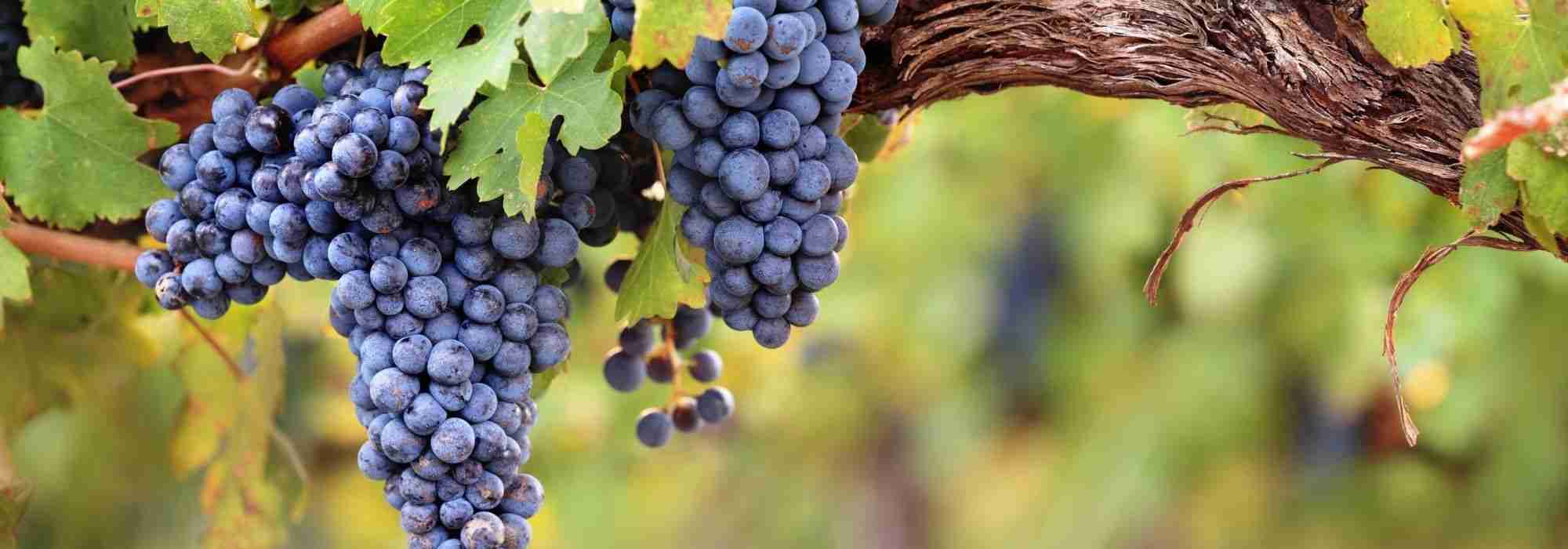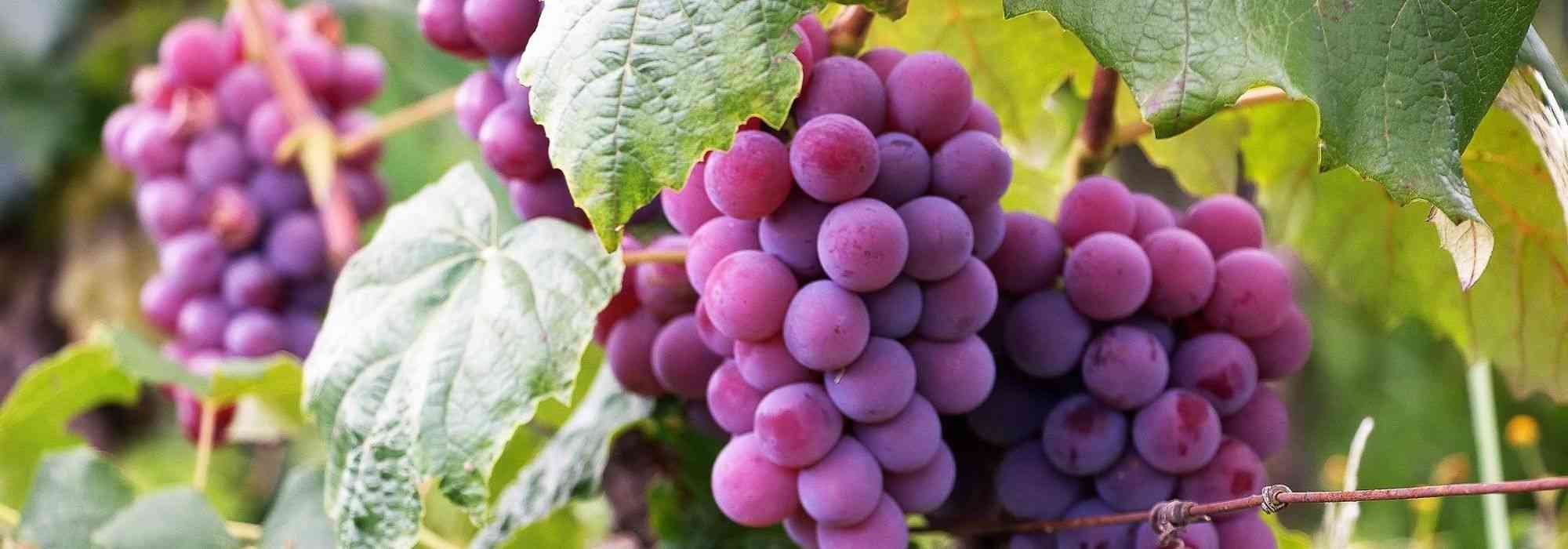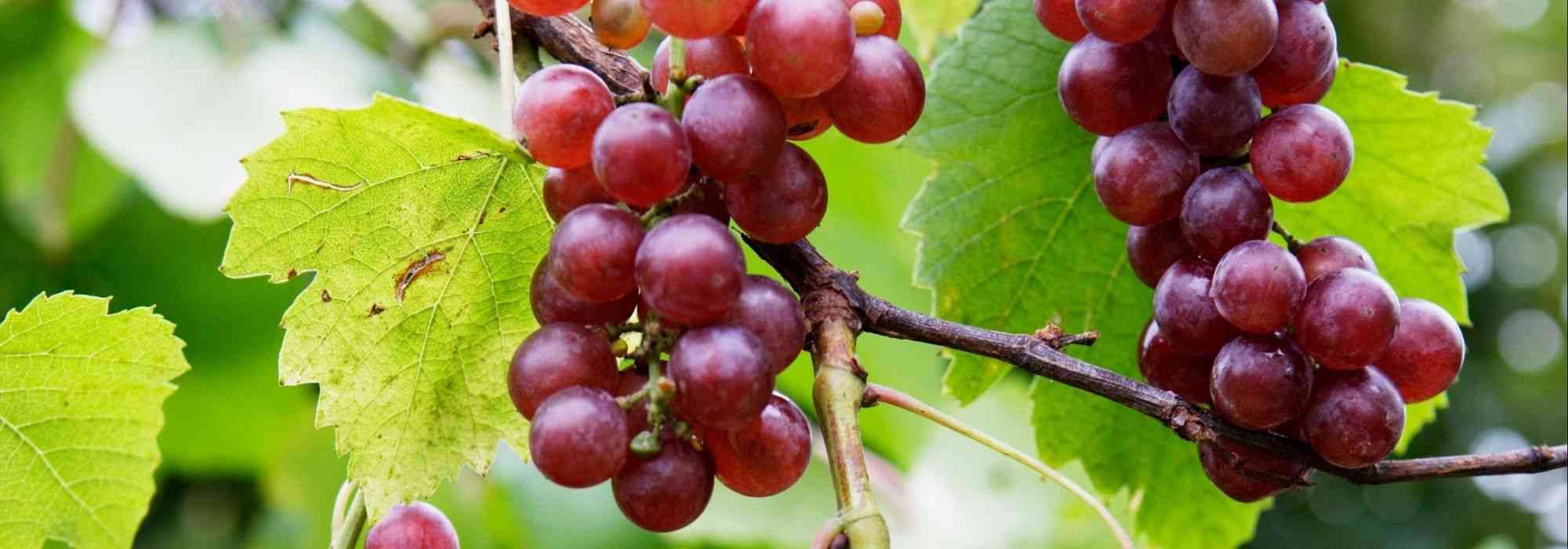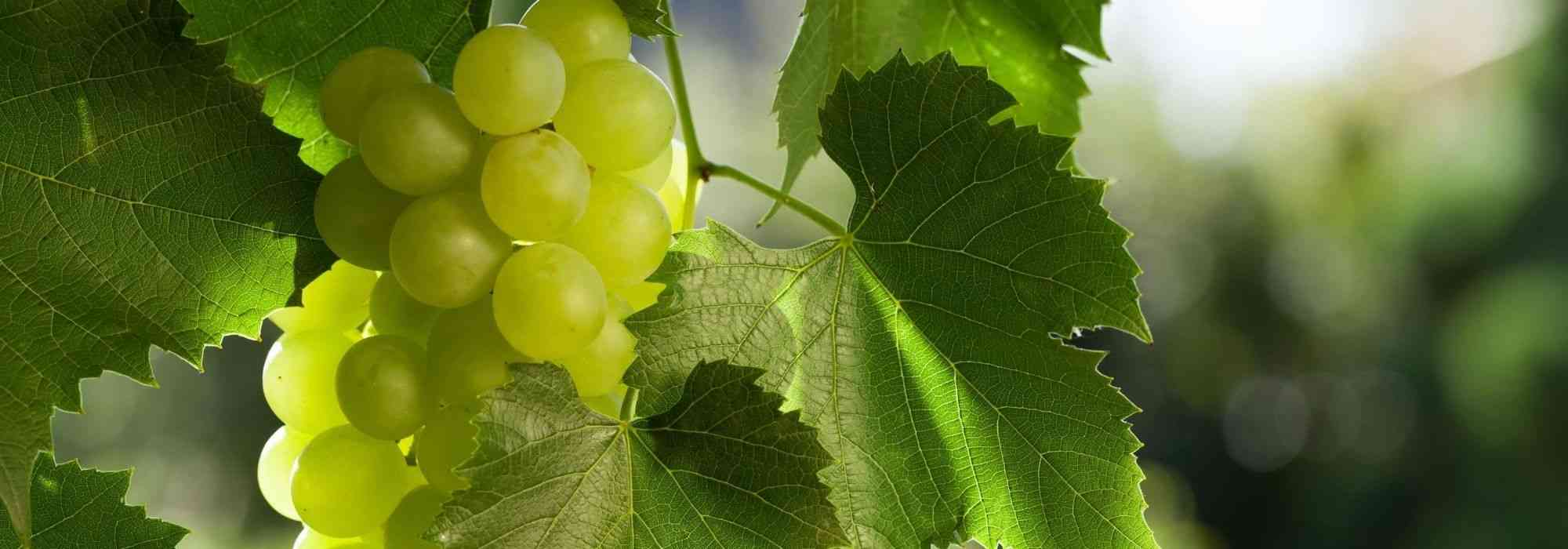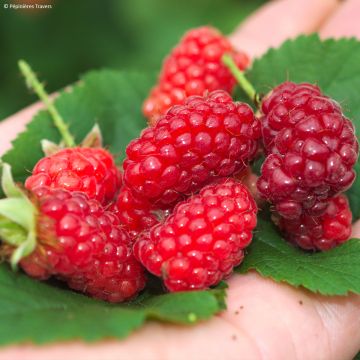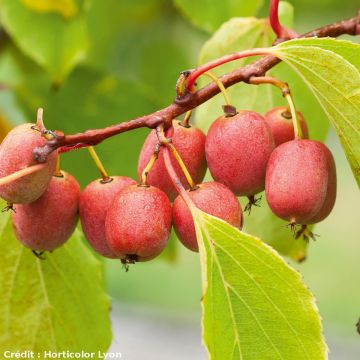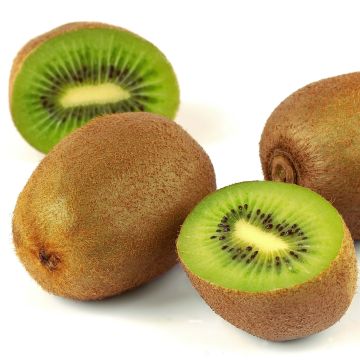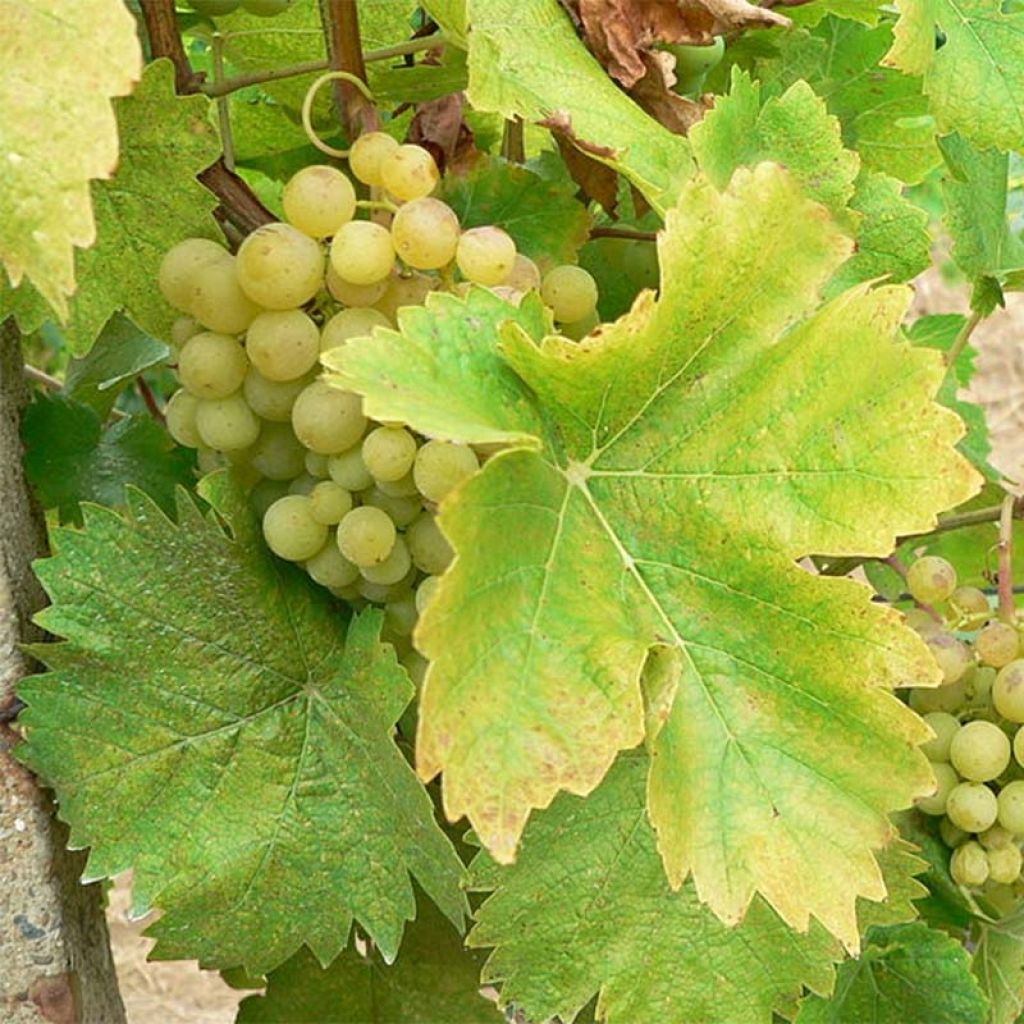

Vitis vinifera Perle de Csaba - Grape Vine
Vitis vinifera Perle de Csaba - Grape Vine
Vitis vinifera Perle de Csaba
Common Grape Vine, European Grape, Wine Grape
Special offer!
Receive a €20 voucher for any order over €90 (excluding delivery costs, credit notes, and plastic-free options)!
1- Add your favorite plants to your cart.
2- Once you have reached €90, confirm your order (you can even choose the delivery date!).
3- As soon as your order is shipped, you will receive an email containing your voucher code, valid for 3 months (90 days).
Your voucher is unique and can only be used once, for any order with a minimum value of €20, excluding delivery costs.
Can be combined with other current offers, non-divisible and non-refundable.
Home or relay delivery (depending on size and destination)
Schedule delivery date,
and select date in basket
This plant carries a 6 months recovery warranty
More information
We guarantee the quality of our plants for a full growing cycle, and will replace at our expense any plant that fails to recover under normal climatic and planting conditions.
Would this plant suit my garden?
Set up your Plantfit profile →
Description
The 'Perle de Csaba' vine is an ancient grape variety, originally from Hungary, with exceptionally early ripeness. It produces bunches of small, round, amber-yellow grapes with thin and powdery skin, whose juicy flesh has a pleasant, sweet and slightly musky flavour. The harvest, which is very early, takes place in August, sometimes even in July depending on the climate and the year. This table grape has medium vigour and is quite susceptible to powdery mildew and rather sensitive to cold. It is preferably grown in a sunny location sheltered from the wind, such as against a wall.
The wine grape, in Latin Vitis vinifera, grew wild more than 5000 years ago. It was introduced to France for cultivation by the Romans. Many hybrids have been created to vary colours, flavours and uses. The 'Perle de Csaba' vine is said to originate from Hungary, created in the early 20th century through a cross-breeding between the 'Madeleine Angevine' and the 'Muscat orange blossom'. It is listed in the Official Catalogue of vine varieties.
The 'Perle de Csaba' vine is a vigorous, climbing, sarmentous bush, easily reaching 4-5 m (13-16ft) in height or spread if not pruned. Its final shape will depend on the pruning practised. The 'Perle de Csaba' vine is a frugal sun-loving plant, not very demanding, which even prefers a soil that is both clayey and stony, well-drained. Its long stems cling to their support (trellis, espalier) by means of large green and voluble tendrils. Its foliage, with a serrated edge, is a deep green in summer and turns the most beautiful gold in autumn. Its flowering occurs in April-May depending on the year and the region, offering very small white flowers grouped in short and moderately compact pyramidal and cylindrical clusters. Its small round grapes have a thin skin covered with bloom, and turn complete amber-yellow at ripeness. They reveal a sweet and juicy flesh with a delicate and slightly musky aroma, which will be highly appreciated as a table grape or in fruit salads.
You can use the 'Perle de Csaba' vine to decorate a pergola, a trellis or against a sunny wall, where it will look beautiful from spring to autumn!
Vitis vinifera Perle de Csaba - Grape Vine in pictures
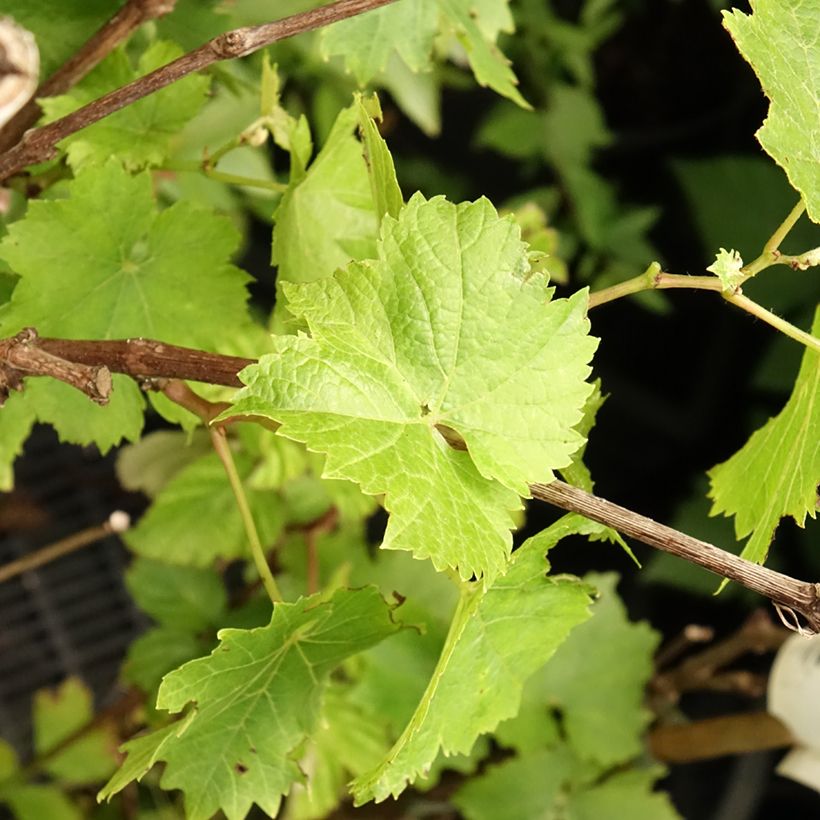

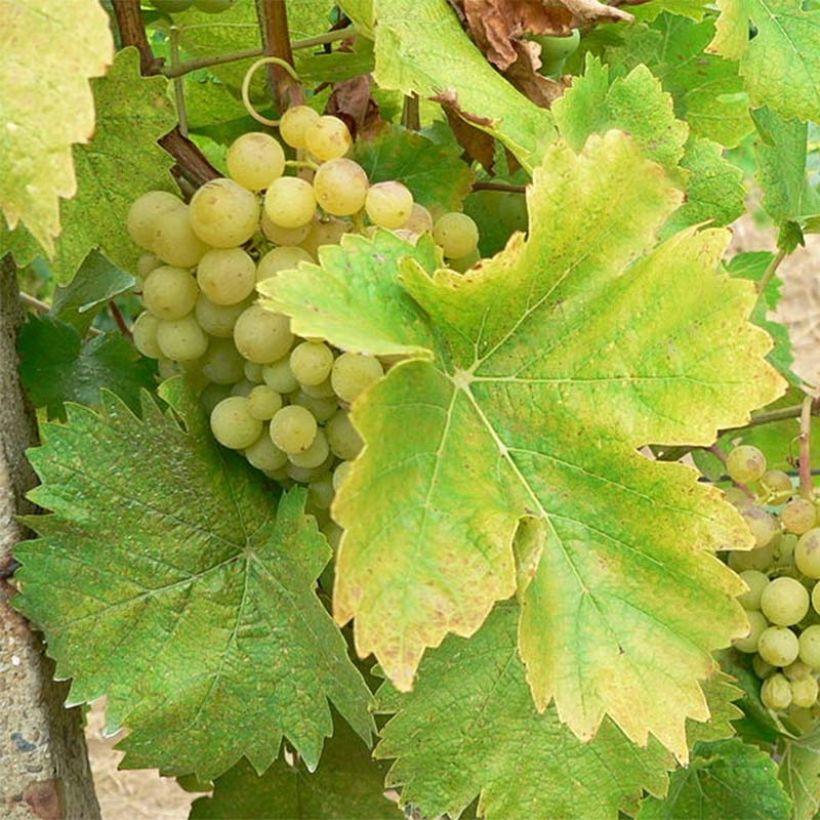

Plant habit
Flowering
Foliage
Botanical data
Vitis
vinifera
Perle de Csaba
Vitaceae
Common Grape Vine, European Grape, Wine Grape
Cultivar or hybrid
Other Grapevines
View all →Planting and care
The 'Perle de Csaba' Vine should be planted in a well-drained, even calcareous, rather moist soil that you have enriched with an organic fertiliser. Once well-established, the vine is fairly resistant to summer drought. Choose a full sun exposure, possibly partial shade in the south (southeast exposure). It can tolerate temperatures down to -20°C (-4°F). Prune it in February-March, after the frosts, leaving 2 or 3 buds on the secondary shoots. Prune it again once the berries have formed on the clusters, leaving 2 or 3 leaves above each cluster (this allows the sun to reach the fruits and the sap to feed them more efficiently). Once the framework of your trellis is formed, remove the shoots that have produced fruit every year. Support and guide the shoots by staking or training. Train it against a wall to directly benefit from the grapes. Mildew and powdery mildew are common (especially in rainy climates) so it is necessary to treat the vine as a precaution in spring and during summer, with Bordeaux mixture and/or sulfur powder. This vine may take a season to establish well, during which it will grow moderately. Its woody climbing stems will then gain several metres per year and will require pruning.
Planting period
Intended location
Care
Planting & care advice
This item has not been reviewed yet - be the first to leave a review about it.
Similar products
Haven't found what you were looking for?
Hardiness is the lowest winter temperature a plant can endure without suffering serious damage or even dying. However, hardiness is affected by location (a sheltered area, such as a patio), protection (winter cover) and soil type (hardiness is improved by well-drained soil).

Photo Sharing Terms & Conditions
In order to encourage gardeners to interact and share their experiences, Promesse de fleurs offers various media enabling content to be uploaded onto its Site - in particular via the ‘Photo sharing’ module.
The User agrees to refrain from:
- Posting any content that is illegal, prejudicial, insulting, racist, inciteful to hatred, revisionist, contrary to public decency, that infringes on privacy or on the privacy rights of third parties, in particular the publicity rights of persons and goods, intellectual property rights, or the right to privacy.
- Submitting content on behalf of a third party;
- Impersonate the identity of a third party and/or publish any personal information about a third party;
In general, the User undertakes to refrain from any unethical behaviour.
All Content (in particular text, comments, files, images, photos, videos, creative works, etc.), which may be subject to property or intellectual property rights, image or other private rights, shall remain the property of the User, subject to the limited rights granted by the terms of the licence granted by Promesse de fleurs as stated below. Users are at liberty to publish or not to publish such Content on the Site, notably via the ‘Photo Sharing’ facility, and accept that this Content shall be made public and freely accessible, notably on the Internet.
Users further acknowledge, undertake to have ,and guarantee that they hold all necessary rights and permissions to publish such material on the Site, in particular with regard to the legislation in force pertaining to any privacy, property, intellectual property, image, or contractual rights, or rights of any other nature. By publishing such Content on the Site, Users acknowledge accepting full liability as publishers of the Content within the meaning of the law, and grant Promesse de fleurs, free of charge, an inclusive, worldwide licence for the said Content for the entire duration of its publication, including all reproduction, representation, up/downloading, displaying, performing, transmission, and storage rights.
Users also grant permission for their name to be linked to the Content and accept that this link may not always be made available.
By engaging in posting material, Users consent to their Content becoming automatically accessible on the Internet, in particular on other sites and/or blogs and/or web pages of the Promesse de fleurs site, including in particular social pages and the Promesse de fleurs catalogue.
Users may secure the removal of entrusted content free of charge by issuing a simple request via our contact form.
The flowering period indicated on our website applies to countries and regions located in USDA zone 8 (France, the United Kingdom, Ireland, the Netherlands, etc.)
It will vary according to where you live:
- In zones 9 to 10 (Italy, Spain, Greece, etc.), flowering will occur about 2 to 4 weeks earlier.
- In zones 6 to 7 (Germany, Poland, Slovenia, and lower mountainous regions), flowering will be delayed by 2 to 3 weeks.
- In zone 5 (Central Europe, Scandinavia), blooming will be delayed by 3 to 5 weeks.
In temperate climates, pruning of spring-flowering shrubs (forsythia, spireas, etc.) should be done just after flowering.
Pruning of summer-flowering shrubs (Indian Lilac, Perovskia, etc.) can be done in winter or spring.
In cold regions as well as with frost-sensitive plants, avoid pruning too early when severe frosts may still occur.
The planting period indicated on our website applies to countries and regions located in USDA zone 8 (France, United Kingdom, Ireland, Netherlands).
It will vary according to where you live:
- In Mediterranean zones (Marseille, Madrid, Milan, etc.), autumn and winter are the best planting periods.
- In continental zones (Strasbourg, Munich, Vienna, etc.), delay planting by 2 to 3 weeks in spring and bring it forward by 2 to 4 weeks in autumn.
- In mountainous regions (the Alps, Pyrenees, Carpathians, etc.), it is best to plant in late spring (May-June) or late summer (August-September).
The harvesting period indicated on our website applies to countries and regions in USDA zone 8 (France, England, Ireland, the Netherlands).
In colder areas (Scandinavia, Poland, Austria...) fruit and vegetable harvests are likely to be delayed by 3-4 weeks.
In warmer areas (Italy, Spain, Greece, etc.), harvesting will probably take place earlier, depending on weather conditions.
The sowing periods indicated on our website apply to countries and regions within USDA Zone 8 (France, UK, Ireland, Netherlands).
In colder areas (Scandinavia, Poland, Austria...), delay any outdoor sowing by 3-4 weeks, or sow under glass.
In warmer climes (Italy, Spain, Greece, etc.), bring outdoor sowing forward by a few weeks.






























